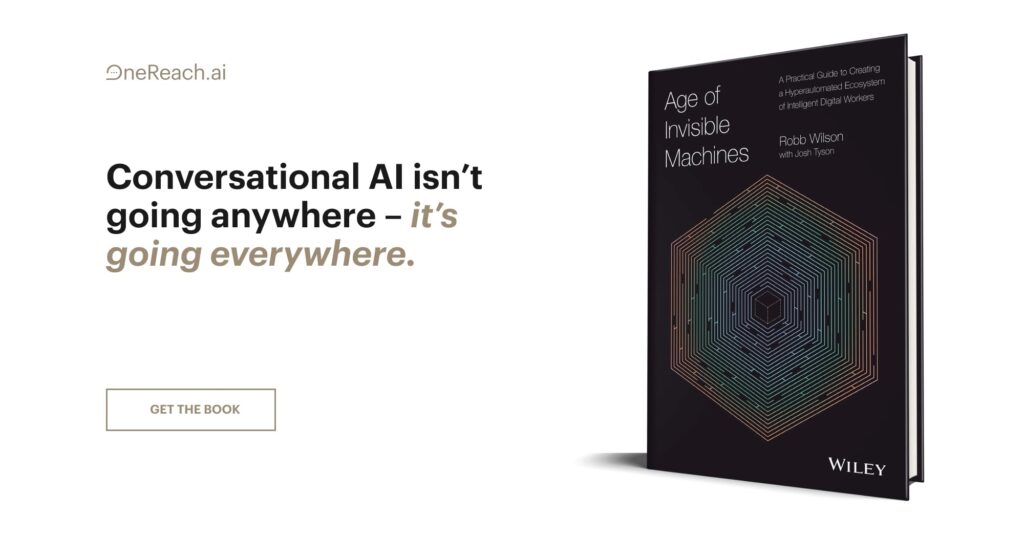We’re facing a new world. Leaders across almost every sector are having to take a hard look at how they do business with the recent economic shifts. They need to adapt their customer experience and improve business productivity in order to survive. How we choose to face uncertainty determines our future success.
The challenge is where to focus. You need to improve your business now. To effectively produce incremental or transformational change you need to start by having a clear understanding of where you are today. It’s this insight into people, processes, and systems that unlocks the key knowledge that informs successful strategy, planning, and delivery of change quickly and with measurable results.
In this article we’re going to help by providing a framework for you to map your current state and look at the right improvements to your customer experience and operations.
Embracing Organizational Change In Times of Uncertainty
When everything is working there is a natural tendency to maintain the status quo and not rock the boat. It’s during this time that organizational discipline is often challenged. In times of uncertainty, we are forced to look at everything. For some, it’s a reminder. For others, it is a matter of survival to re-examine things like your market focus, target customers, and industry landscape. Internally, we’re subsequently evaluating if everyone is in the right position within the organization, focused on the right things, producing the intended outcomes.
When you understand the current state, you can identify challenges that need to be solved: confusion, inconvenience, inefficiency, and relevance. This understanding breaks down siloed knowledge and shifts the focus into inclusive knowledge management. This is essential to empowering all people involved, across all functions. Operating with clarity on your current situation vs. your ideal situation allows you to determine where to focus, as well as why and how to shift into addressing the challenge or opportunity.
Businesses at all levels are exploring opportunities to improve. You could be:
- Looking at ways to provide more personalization and deepen the customer relationship.
- Considering improvements to your website to increase engagement with prospective clients.
- Thinking of new ways to educate customers and differentiate yourself from competitors.
- Exploring how to add eCommerce to your business, or are focused on improving performance across each stage of the buyer’s journey.
- Flushing out how to best establish a self-service model to reduce pressure on internal resources, and empower new and existing customers.
- Looking to address challenges by digitally enabling workflows across your organization.
- Exploring how to increase your time to market.
- Evaluating how to increase the ability to scale sustainability.
It is estimated that some organizations can see a 50% increase in business value from the integration of their supply chain. Other organizations are leaving thousands, or even millions of dollars in growth opportunities on the table.
8 Examples of Inefficiency That Impact Your Operations & Customer Experience
There are eight widely-recognized categories of waste within processes that impact the delivery of value to customers, and negatively affect business performance.
- Non-Utilized Talent – Underutilization of people’s talents, skills, and knowledge. A common issue when individuals and teams aren’t empowered to lend their expertise to improve processes and systems. This is a perfect example of an old command and control management model where continuous feedback and improvement are not part of the business culture.
- Bottlenecks – Unused time waiting for the next step in the process by people or systems. A common outcome when there isn’t alignment between continuous discovery, planning, design, and implementation across the product development lifecycle.
- Defects – Efforts that result in rework, scrapping of part or all of the effort. This can also manifest in efforts that produce unusable deliverables such as incorrect information.
- Extra Processing – Excess activity or extra steps that don’t add value to the service or product for the end customer. Are you clear about each process or flow, the inputs and their intended outcomes?
- Over Production – This is production that exceeds what is needed, or work completed before it is needed. This may arise in things like design and implementation of unvalidated features and functionality.
- Inventory – Excess raw materials or products not being processed. In some cases, inventory waste could be files waiting to be worked on, customers waiting for service, unused records in a database, or obsolete files. Manufacturing inventory waste could include broken machines sitting around, more finished products than demanded, extra materials taking up work space, and finished products that cannot be sold.
- Motion – Unnecessary movements of people (e.g. walking) to complete an internal or external task. This includes any unnecessary movement of people, equipment, or machinery that if addressed could improve performance, health, and security.
- Delivery – Unnecessary movement of products, services, and materials. This can be either physically or electronically. Both of which consume resources and costs, but are not required to satisfy the customer or intended outcome.
3 Ways to Gather Ideas For Improving Operations and Customer Experience
A great idea can come from many different sources. It can come from cumulative, connecting or technology enabled insights.
- Cumulative insights are added up together over time from multiple inputs and perspectives. Ideas come from adding up all the insights available together.
- Connected insights are linked together that render a much more powerful solution than the sum of the individual parts. Ideas come from focusing on the interdependencies upstream and downstream through an organization and/or customer lifecycle.
- Capacity insights are enabled by technology such as data collection, automation, or cross systems integration. Ideas come from exploring how new technologies can improve the way people, process and systems work together.
Each method can help to identify a big idea that could transform your customer experience and/or operations.

Your ideas need to address the solution space, exploring the possibilities of what could satisfying your needs and constraints to change your business.
But you can’t know if a solution meets those requirements if you haven’t mapped your current state. You can’t identify and explore all the possibilities or evaluate their impact without knowing your current state.
Ideas need to be grounded in the understanding of the current state, essentially how your business creates value. There are several approaches to mapping your current state from tools like customer experience journey maps, service design blueprints, value stream maps, product flow maps, user scenarios and flows, systems architecture, or material and information flow diagrams. Toyota defined this in their lean methodology. Each approach can be invaluable, and like any tool, you have to know when to use it, and how.
The benefit of these different tools is that they all help you identify opportunities, and diagnose problems impacting business drivers like:
- Engagement
- Consistent recurring outcomes
- Productivity
- Communication
- Cross-functional collaboration
Each tool helps you to visualize your business, understand how a process delivers value, identify leading and lagging key performance indicators, consider the process through the point of view of the customer, crosslink disparate information, provide you with a common language about the process and provide focus.
It’s not about how that process should work, or was originally intended. We have to look at the reality of how it works today.
Adopting a Growth Mindset When Evaluating Your Business’ Current State
When it comes to mapping the current state of your business, it’s important to have the right mindset as you come into the process.
In her book “Mindset – The New Psychology of Success,” Carol Dweck discusses the difference between a fixed mindset and a growth mindset. A fixed mindset describes our character, intelligence, and creative abilities as static. A fixed mindset avoids new things that challenge ideas, perceptions, and present the risk of failure. Conversely, a growth mindset thrives on challenge, and embraces the cycle of learning, pushing capabilities, and achieving results on new levels as a continuous process.
You need to challenge yourself, and your teams when mapping the current state and your ideal future state. It is essential to have a growth mindset. It begins with just a few simple primers as you start the process.
Listen – don’t talk at people. Demonstrate active listening, and ensure people are heard.
Empathy – putting oneself in another person’s shoes. All opinions are valuable; everyone’s experience provides insight.
Focus – put aside assumptions, challenge perceived truths, don’t lose sight of the intended outcome. Build momentum together.
Optimism – putting aside fear and resistance to change and the status quo. You haven’t failed. You’re doing this work because it’s the next step in achieving your goals.
Flexibility – approaching the process with acceptance and embracing the unknown. There are no limits.
Leading with Courage as you Define Your Ideal Customer Experience Journey
With a global shift that impacts every country, state, city, and small town, it is more imperative than ever to look at how we can innovate. The new work from home (WFH) economy was a luxury. It is now a mainstream necessity. This is the time to adapt, or to pivot. By mapping your current state, you can identify untold opportunities and potential solutions that will help you thrive. By understanding your current state, what to look for, and the necessary mindset you can define the future you want.






